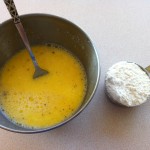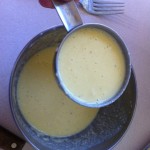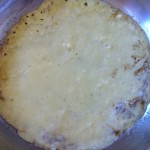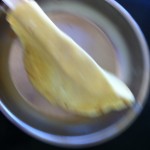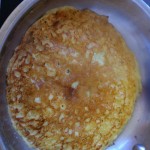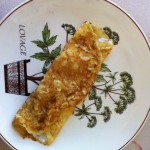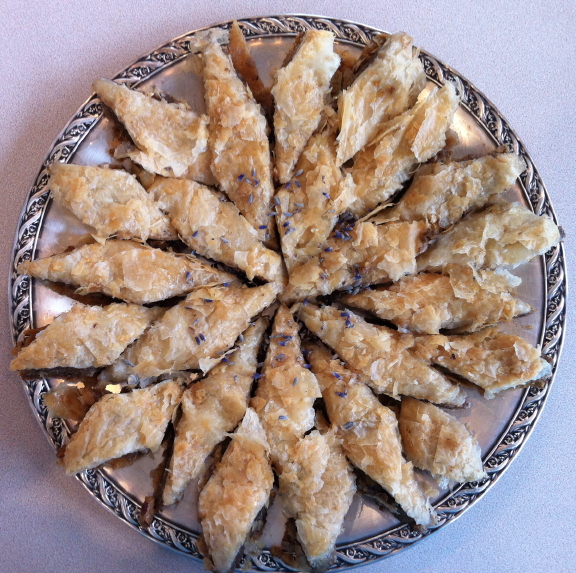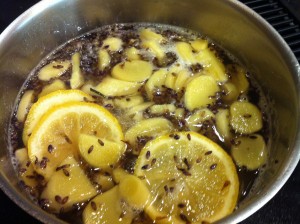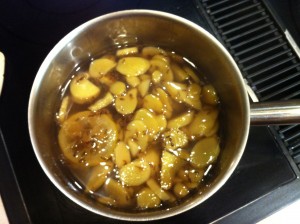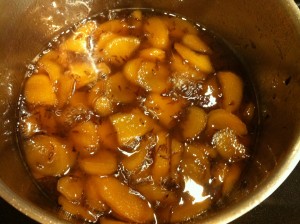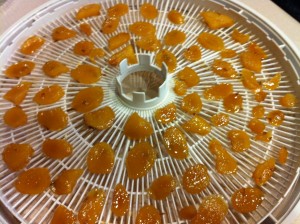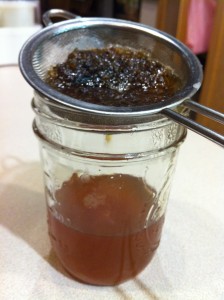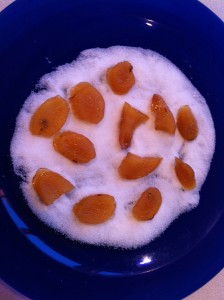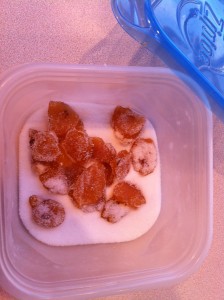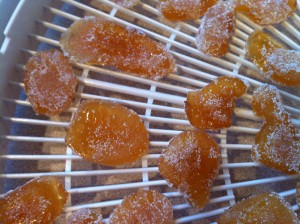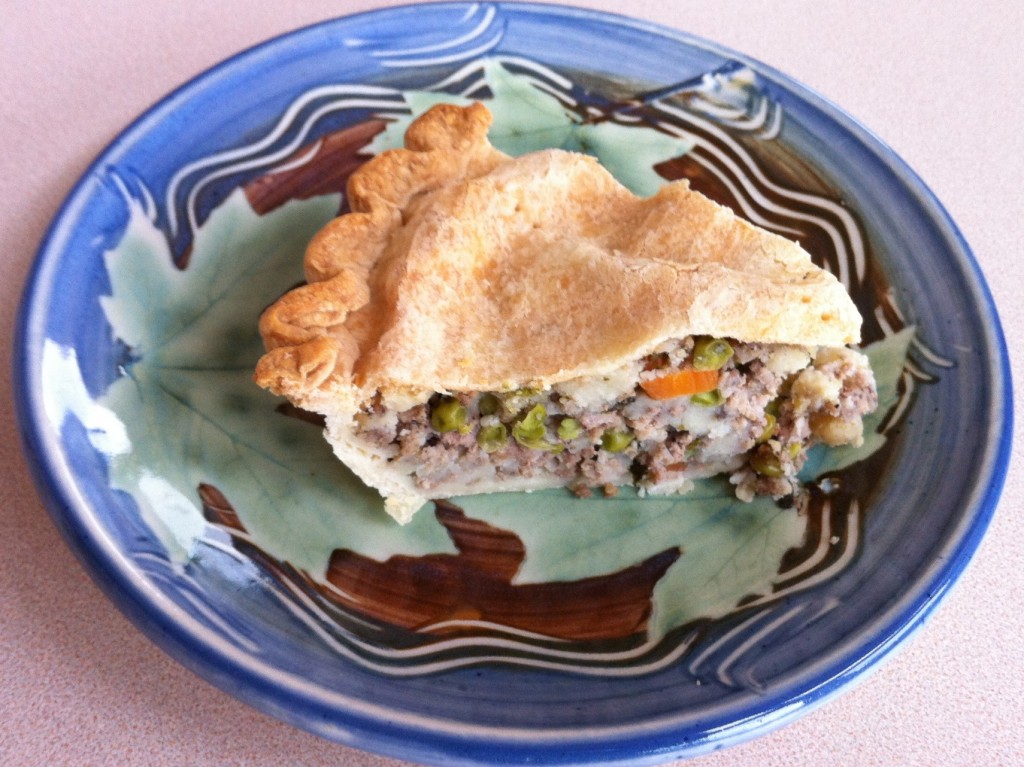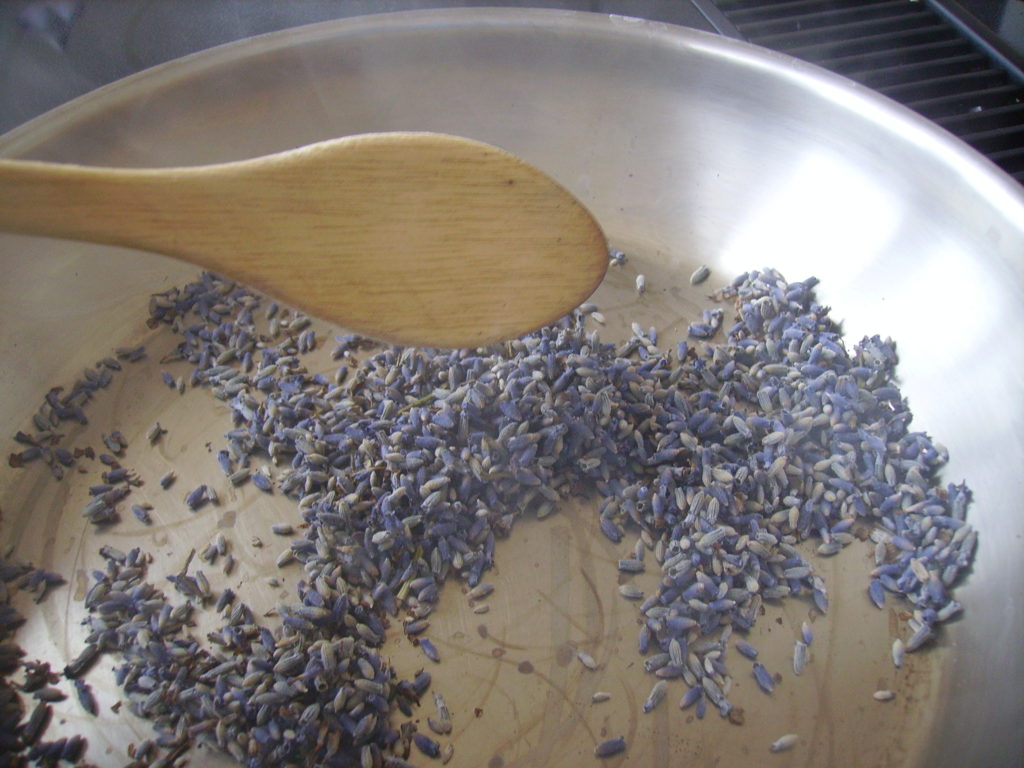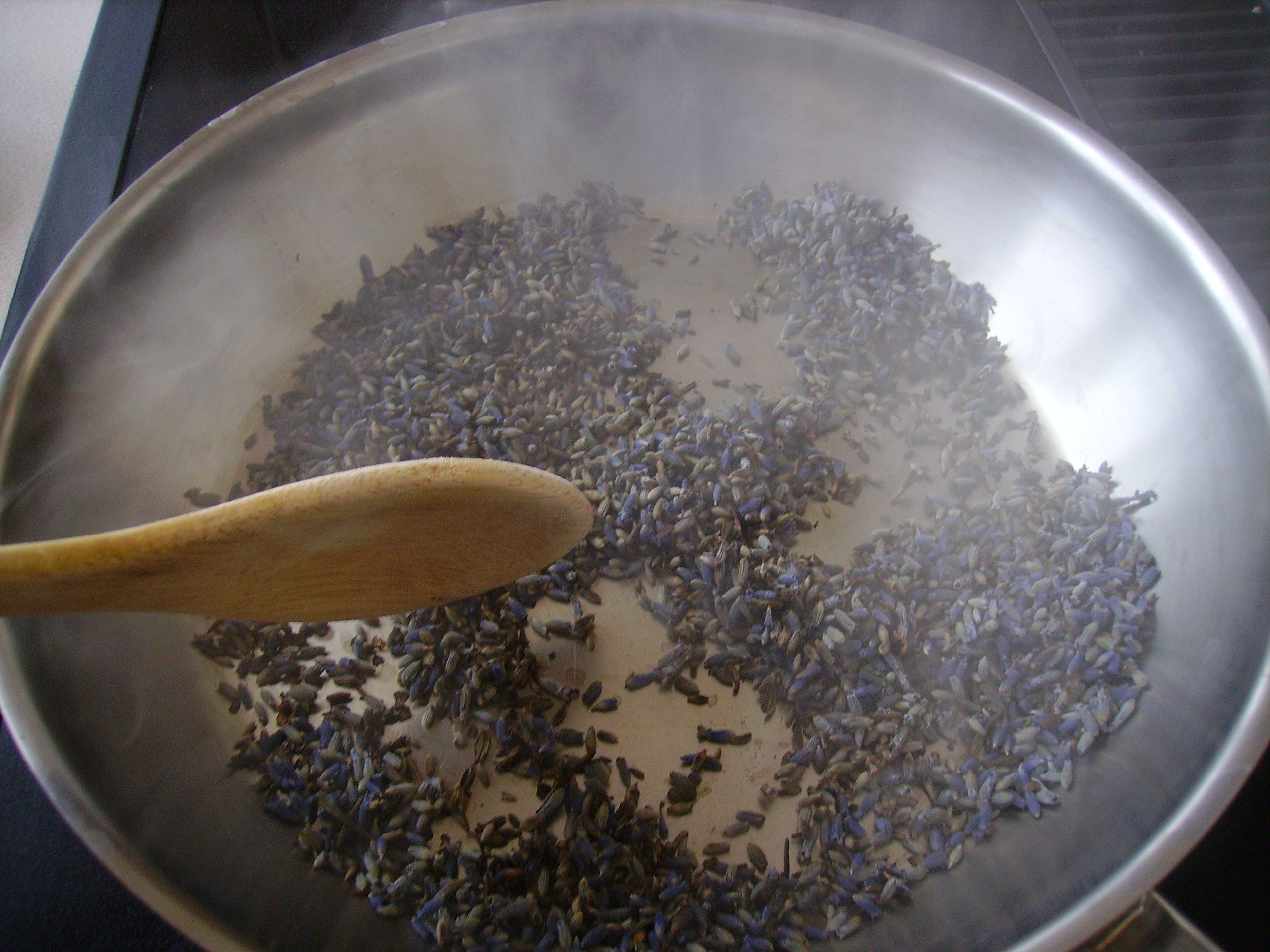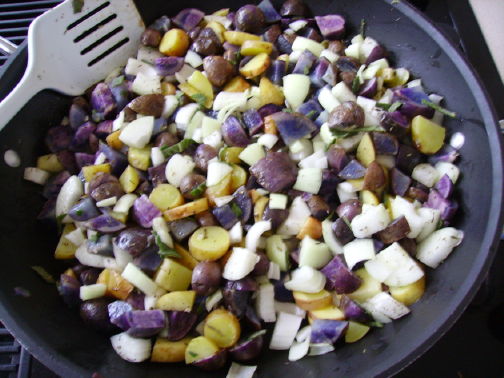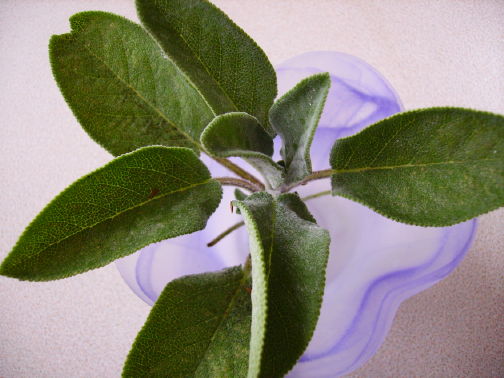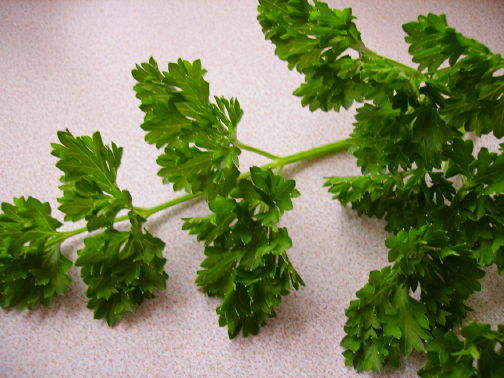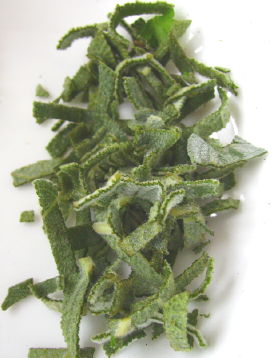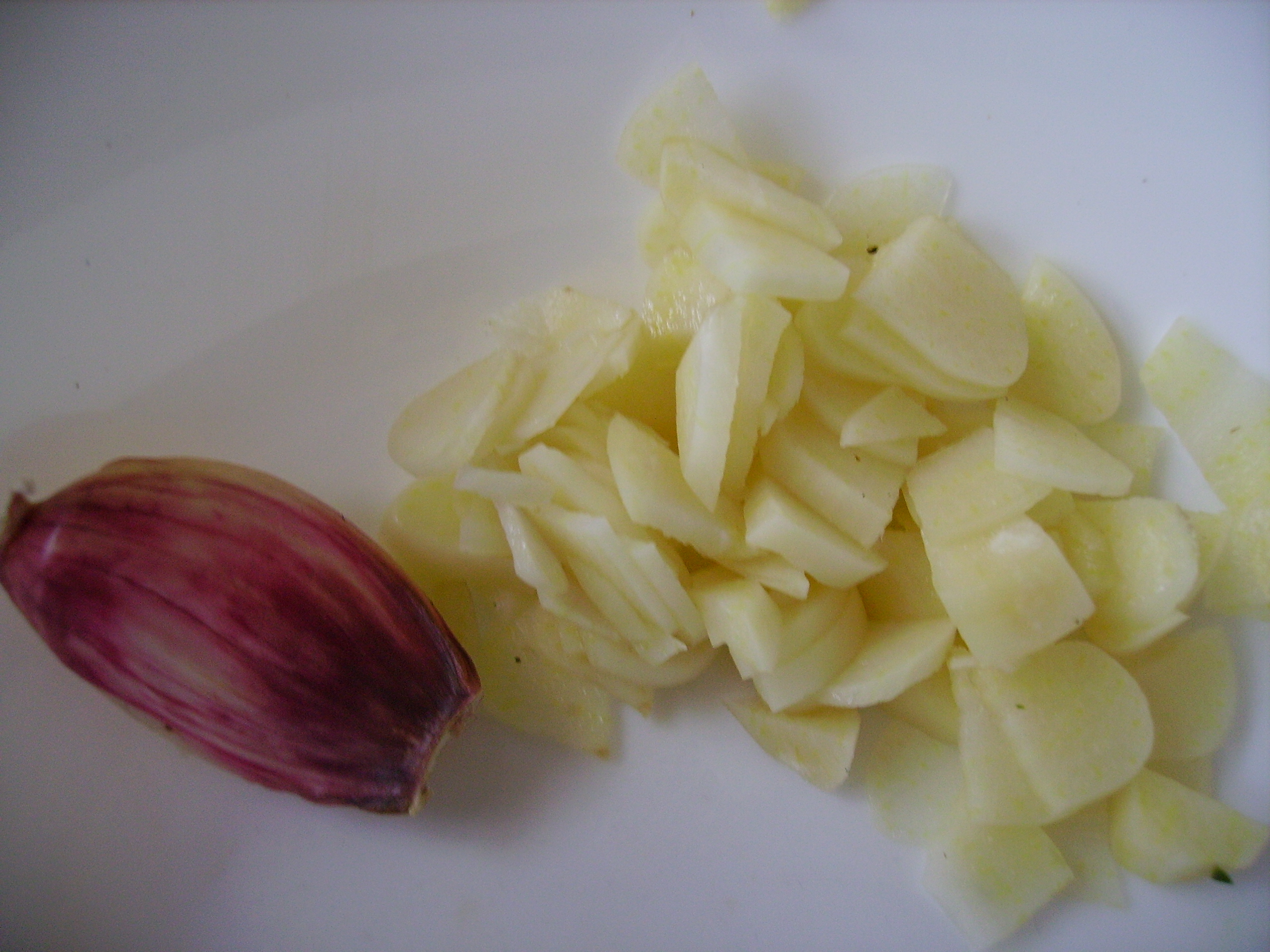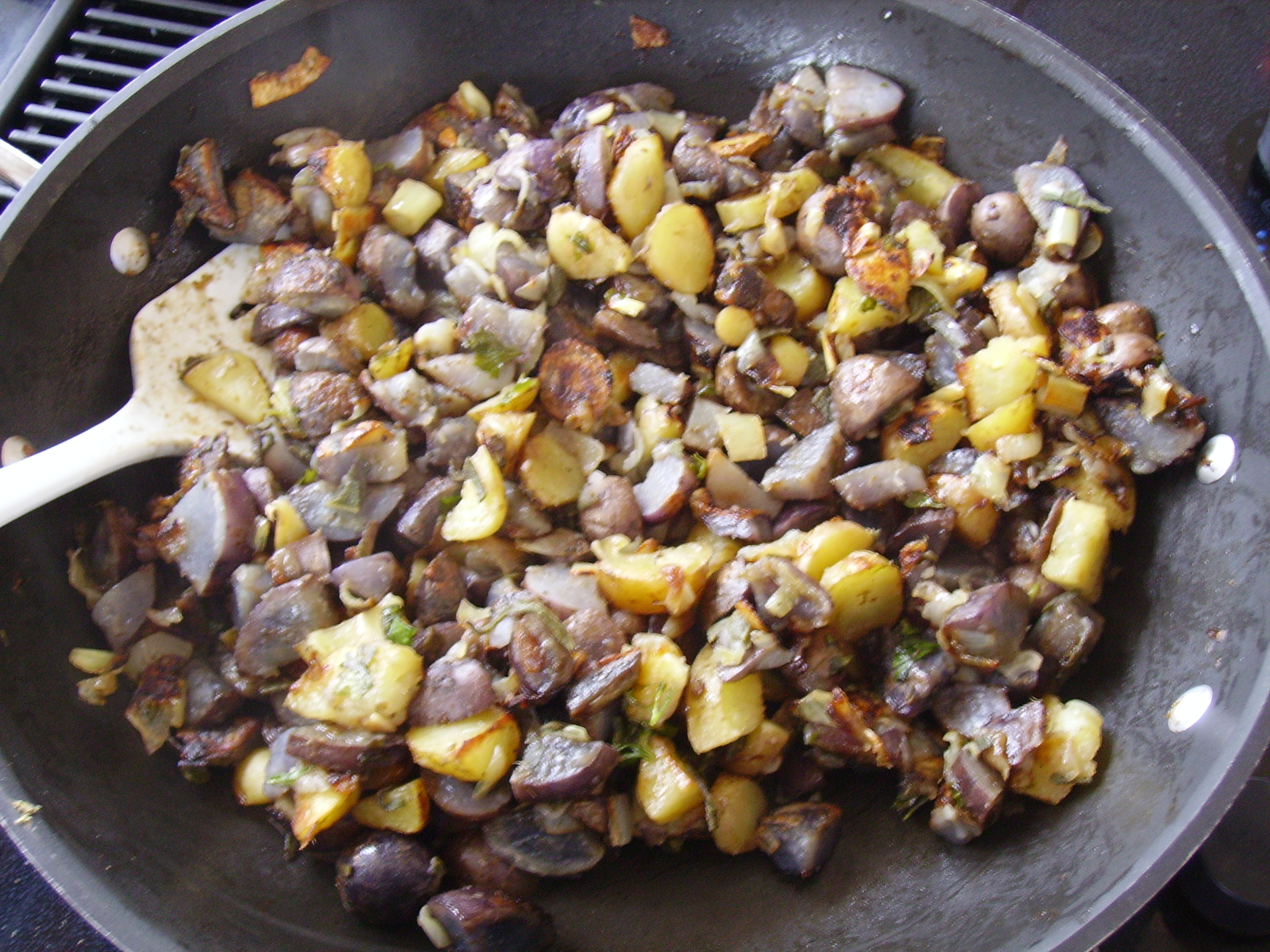I was to supply the lemonade, paper plates, plasticware, and wine glasses at the community dinner last night. I stopped at the local grocery store to get a couple more cans of frozen lemonade and while I was there I picked up some sorely needed underarm deodorant. Did I mention this is going to be a personal blog post? Well, it won’t end up that way, but it starts out….
Tom’s of Maine Lavendar (which they spell wrong) or Calendula deodorants have been my favorite for a while, so I bought one and into the plastic bag it went, along with the lemonade. I got to the dinner, forgot about what was in the bag and handed it off to a woman who seemed eager to have the lemonade. On the way home I remembered. Uh oh, it was going to be a stinky day tomorrow.
Wait a minute! I have a lavender farm and we make lots of cool products, and have even been thinking in the background about making a deodorant. So, onto the web I go and I find a couple of really cute videos of younger-than-me women telling how to make a deodorant. One was Mochamoments and she cracked me up – so calm talking about such a personal thing! I actually didn’t use her recipe for the deodorant, but I did use her attitude-recipe for being cool with it and having fun.
in the background about making a deodorant. So, onto the web I go and I find a couple of really cute videos of younger-than-me women telling how to make a deodorant. One was Mochamoments and she cracked me up – so calm talking about such a personal thing! I actually didn’t use her recipe for the deodorant, but I did use her attitude-recipe for being cool with it and having fun.
Want to know my recipe?
1 1/2 TBL beeswax pastilles
1/2 TBL Shea Butter
1 TBL Coconut Oil
10 drops Bergamot Essential Oil
15 drops Rosemary Essential Oil
25 drops Lavender essential Oil
3 drops Castor Oil
I melted the first three ingredients in a small sauce pan, then added the rest of the ingredients. Poured them into a mini jam jar (because that is what I had on hand) and capped it to cool. Meanwhile, I scraped the stuff left in the pan with my finger and covered my armpits with the stuff. It smelled wonderful! Nancy, who works here with me, was making fun of me because I’d tuck my nose into the neck of my shirt and sniff every 10 minutes or so. 10 hours later after hard labor on the farm – guess what! I don’t stink!
Make your own deodorant, it’s fun and much more healthy for you. This concoction that I made won’t last forever, because there are no real preservatives in it, but it will last long enough, I’m sure.
Some factoids:
The essential oils included are good because: They all smell wonderful and all three help with antimicrobial effects. Bergamot can have issues with photosensitivity, but hey, here it’s under the arm, where the sun don’t shine.
Castor Oil is an amazing oil, used for things like airplanes, skin conditioner, anti-depressant (Wikipedia: Castor oil and its derivatives have applications in the manufacturing of soaps, lubricants, hydraulic and brake fluids, paints, dyes, coatings, inks, cold resistant plastics, waxes and polishes, nylon, pharmaceuticals and perfumes.) Who knew?
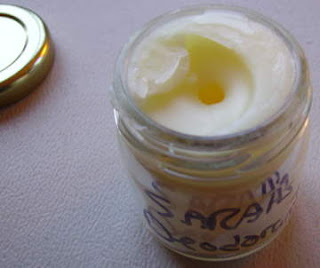
Coconut Oil is used a lot in soaps and lotions because it’s solid at room temperature, and has other cool qualities such as skin moisturizer and softener. Shea butter is also a moisturizer, but it also helps with scars, burns, rashes, etc. And beeswax is just wonderful – it smells good, is hard enough to make the deodorant “paste” viable as a paste. It protects things and adds moisturizing effects, too.
I’ll be making more deodorants, with other ingredients. This is so much fun! Add your comments if you’ve made your own deodorant, or not. Seems to me we can reclaim our own ability to smell wonderful! And, oh, by the way, Go Lavender!!
